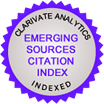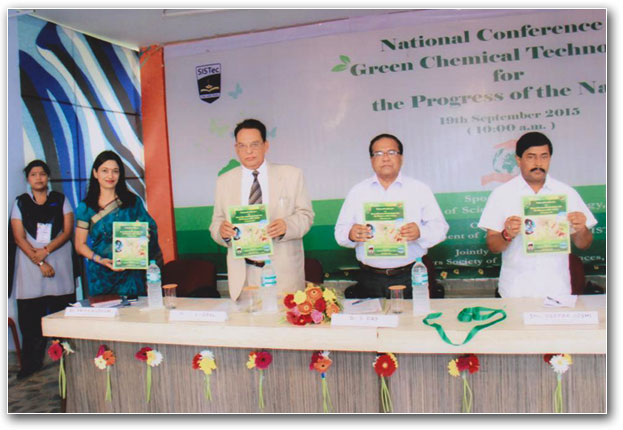Abstract
Antitermitic Activity of Cinnamomum Parthenoxylon leaves Against Coptotermes Curvignathus
Morina Adfa1 , Anwar Sanusi1, Syalfinaf Manaf2, Irfan Gustian1 and Charles Banon1
, Anwar Sanusi1, Syalfinaf Manaf2, Irfan Gustian1 and Charles Banon1
DOI : http://dx.doi.org/10.13005/ojc/330646
Abstract:
The antitermitic activity of Cinnamomum parthenoxylon leaves crude methanol extract and its fractions against Coptotermes curvignathus was investigated in a laboratory test. A no-choice test was employed for determining antitermitic activity. The results showed that all fractions and crude methanol extract at concentrations tested was reduced the survival of termite and as well as showed feeding deterrent activity compares to the corresponding control. The results of the preliminary phytochemical screening, and refer to previously reported data the secondary metabolites present in the crude MeOH extract and EtOAc fractions are terpenoids, steroids, flavonoids, coumarin, phenolics, benzenoids, chromene, and fatty acid methyl esters. Base on GC-MS data, the chemical components of n-hexane fraction showed 13 components which was divided into five groups, fatty acid methyl esters (53.66%), 1,2-benzenedicarboxylic acid, bis (2-ethylhexyl) ester (31.17%), phytol (6.49%), sesquiterpenes (6.47%), and a phenyl propanoid (2.22%). Need further investigation to examine which compounds are responsible for termiticidal and antifeedant activity, either singly or jointly.
Keywords:Cinnamomum Parthenoxylon; Antitermitic; Termiticidal; Antifeedant; GC-MS and Coptotermes Curvignathus
Back to TOC









